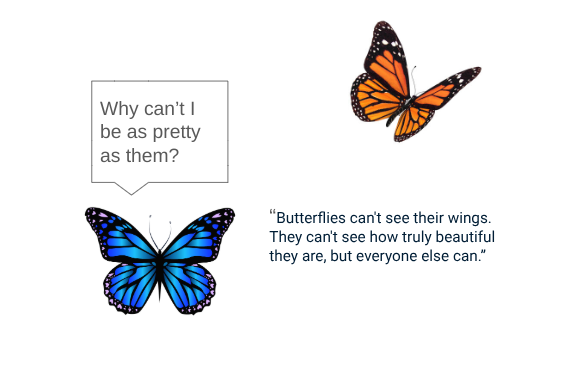Almost half of the American population is obese, which is a sad and shocking fact. So what is America planning on doing to make us a healthier country? Nothing.
According to the CDC’s website on adult obesity facts, “The prevalence of obesity among U.S. adults 20 and over was 41.9% during 2017–March 2020. During the same time, the prevalence of severe obesity among U.S. adults was 9.2%. This means that more than 100 million adults have obesity, and more than 22 million adults have severe obesity. The prevalence of obesity increased from 30.5% in 1999-2002 to 41.9% in 2017–March 2020. During the same time, the prevalence of severe obesity increased from 4.7% to 9.2%.”
America isn’t doing enough to support healthier diets. The culprit? More than 70% of the salt that Americans eat comes from packaged, processed, store-bought and restaurant foods, the CDC says. “Ultra-processed foods are designed to fire up cravings and desire for these foods, and advertising — which is everywhere — reinforces those urges,” Samantha Heller, a senior clinical nutritionist at NYU Langone Health in New York City, said recently.
She added, “It is not the fault of the consumer that they long for ultra-processed foods. But it is up to us to recognize the manipulation by food companies and to take control of what we choose to eat.” Part of the problem, according to the CDC, is access to healthy food. Food is all around people, but much of it isn’t healthy. Grocery stores have aisles and aisles of foods packed with sugar, salt and unhealthy fats. Only a fraction of store space is devoted to healthy vegetables, fruits and whole grains. The agency says that more access to healthy foods is needed in communities, at work and at school.
We should be doing more. Government-funded programs such as the Supplemental Nutrition Assistance Program (SNAP) and the Special Supplemental Nutrition Program for Women, Infants, and Children (WIC) are two primary food assistance programs that provide low-income Americans with resources to purchase healthy food. We should focus more on funding and paying attention to these programs. The FDA works to help empower consumers to build nutritious diets that support health and wellness.
The government’s search for potential explanations revealed that important precursors of good health, such as the quality of health care and the prevalence of health-related behaviors—are also frequently problematic in the United States. For example, the U.S. health system is highly fragmented, with limited public health and primary care resources and a large uninsured population. Compared with people in other countries, Americans are more likely to find care inaccessible or unaffordable and to report lapses in the quality and safety of care outside of hospitals.
The government needs to pay more attention to the diets of its people. Almost half of Americans are obese. We have low life expectancies and higher health problems. We need to create a plan to limit fast food, and lower healthier food priced options. We need to do all the research we can on companies who strike as a “healthy option” but are hiding a dark secret. Nothing is good about a greasy burger and fries, maybe in the moment, but never in the long run. Making a few small changes will make a huge difference in everyone’s lives.








